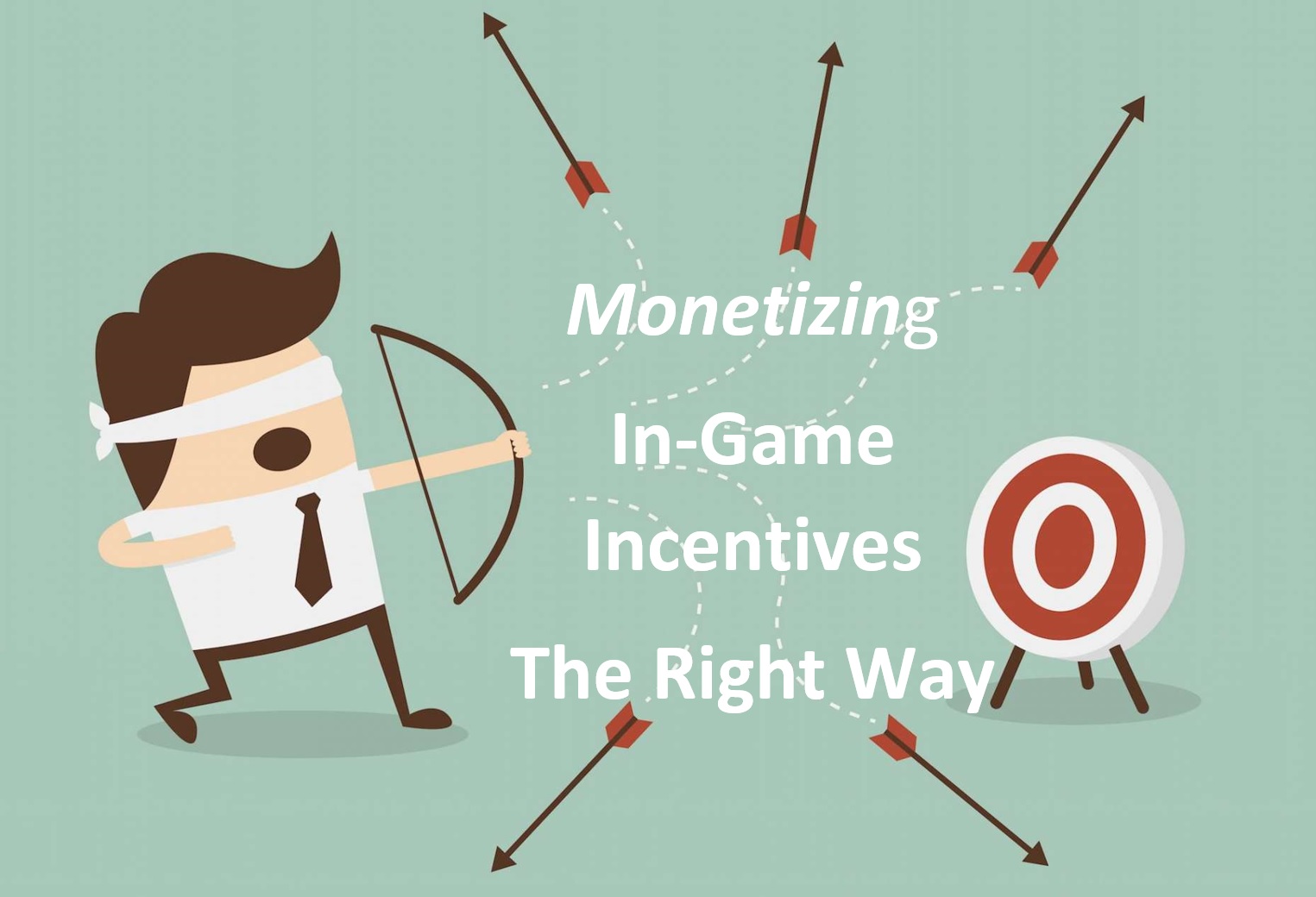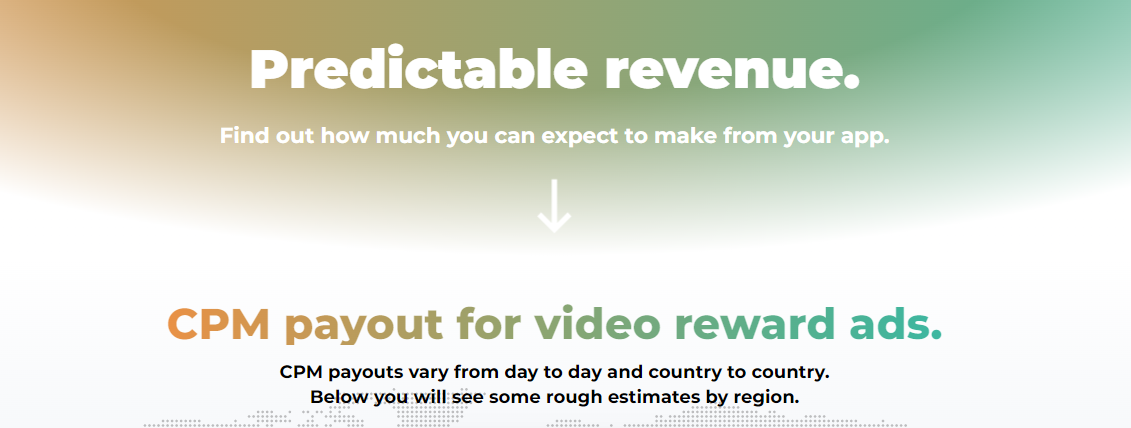Contents
Monetizing Game Incentives for Optimal Results
For many people, making video games is the ultimate dream. We all love playing them, so what could be better than creating them ourselves? As technology progresses, it has become easier than ever for the average person to create a video game and put it on the market for other people to play.
However, a lot goes into creating a game, from the actual design to making money from the final product. So we’ll be going over all those things to give you a leg up with your dream. So in my “Monetizing Game Incentives for Optimal Results” post, am going to discuss few of this thoughts.
The Basics of Gaming Design
Creating a video game involves a comprehensive process, combining creative design, storytelling, technical skills, and business strategy. Let’s expand on the checklist you’ve provided to better understand what each step entails:
- A Concept or Idea: This is the foundation of your game. It involves brainstorming and developing a unique and engaging concept. This could be a specific theme, a unique gameplay mechanic, or an original story idea. The concept should be compelling enough to stand out in the crowded gaming market.
- Choosing a Genre: Your game’s genre greatly influences its design and appeal. It could be a strategy game, a first-person shooter, a puzzle game, an RPG (role-playing game), or another genre. Your choice will dictate the game’s rules, style, and the audience it will attract.
- Characters and a Story: For many games, especially narrative-driven ones, characters and story are crucial. This involves creating compelling characters, developing their backstories, and crafting a narrative that drives the game. The story should be engaging and integrate seamlessly with the gameplay.
- Gameplay Considerations: This includes the mechanics and rules of the game. Decisions need to be made regarding how the player interacts with the game, what challenges they face, and what makes the game fun and engaging. Consider aspects like control schemes, game physics, and balance.
- World and Level Design: This step involves creating the environment in which the game takes place. It includes the layout of levels, the design of the game world, and the placement of obstacles, enemies, and items. Good level design challenges the player and is integral to the overall experience.
- Sketches and Art: The visual aspect of your game is critical. This phase includes creating concept art, character designs, and environmental art. It sets the visual tone of your game and is essential for both marketing and player immersion.
- A Monetization Strategy: Figuring out how your game will make money is vital. This could involve upfront purchases, in-game transactions, advertisements, a subscription model, or a combination of these. Your strategy should align with your target audience’s preferences and the game’s design.
Each of these steps is interdependent and influences the others. For instance, your monetization strategy might impact gameplay design (e.g., how in-game purchases are integrated), and your world design can influence the story. Successful video game creation involves a careful balancing act between these elements, ensuring they work together to create an enjoyable and cohesive experience for the player.
This article will largely focus on game incentives and the ways you can make money from them. The rest of it is up to you, so get that imagination going and start writing down your ideas.
What Are Game Incentives?
Game incentives are rewards or benefits offered within a game to motivate players to continue engaging with the game. Contiuning on “Monetizing Game Incentives for Optimal Results” blog, these incentives can take various forms and are a key aspect of game design, influencing player behavior and enhancing the gaming experience. Let’s delve into the examples you’ve provided:
- Extra Lives: This classic incentive allows players to continue playing after failing a level or challenge. By offering extra lives, games can reduce frustration and encourage players to keep trying.
- Extra Time for Levels: In time-based games, giving players additional time can be a crucial incentive. It allows them to complete more challenging levels or tasks, which can be particularly rewarding in puzzle or strategy games.
- In-Game Currency: Virtual currencies are used within many games to purchase items, upgrades, or unlock new game levels. Earning this currency can become a primary goal for players, keeping them engaged in the game.
- Earnings Doubler: This incentive typically comes in the form of a temporary boost that doubles the rewards players earn. This can apply to points, in-game currency, or other collectibles, making gameplay more lucrative for a period.
- Redealing: In card games or games with random elements, redealing can offer players a chance to swap out unfavorable elements for potentially better ones. This can add a strategic layer to the game, as players decide when to use this option.
- Renting Items: Some games allow players to temporarily access special items or abilities by renting them with in-game currency or resources. This temporary access can provide a taste of higher-level gameplay, encouraging players to work towards permanently acquiring such items.
- Daily Spins: Many games feature a daily login bonus, where players can spin a wheel or receive a random reward simply for returning to the game each day. This creates a habit-forming incentive, encouraging daily play.
Each of these incentives serves a specific purpose in game design, such as increasing player retention, enhancing the challenge, or providing a sense of progression and achievement. The effectiveness of these incentives often depends on how well they are integrated into the game’s overall mechanics and how they align with the players’ motivations and preferences.
One tip we’d like to offer is that you should design your incentives from the beginning since it’s hard to add them in later. In addition, the more evolved the game is, the more opportunities you have to entice users to pay for incentives.
How to Implement Game Incentives
The sky is the limit when implementing incentives for players. For example, some developers implement a system where players get a reward for logging in each day. The more days they log into the game in a row, the better the prize is. Others feature events where players complete tasks to win incentives.
Games might use spinning wheels where players have a chance of getting something small or something impressive. Some incentives can be provided for free, while others are often monetized to ensure the game creates revenues and can continue to be updated to bring in even more players. Of course, the exact implementation of your incentives will largely depend on the type of game you want to create.
How to Monetize Incentives
Monetizing incentives is easier than you might expect. It’s a good idea to implement in-app video rewards that offer players a one-time or limited way to use some of the rewards. For instance, you might let them watch an ad to get a free life. After doing so, the player is much more likely to visit the in-app store and buy 10, 50, or 100 extra lives for use as they continue to play.
Sources:
https://www.cgspectrum.com/blog/game-design-basics-how-to-start-building-video-games
https://blog.soomla.com/2017/12/top-7-incentives-for-video-ads-in-mobile-games.html




